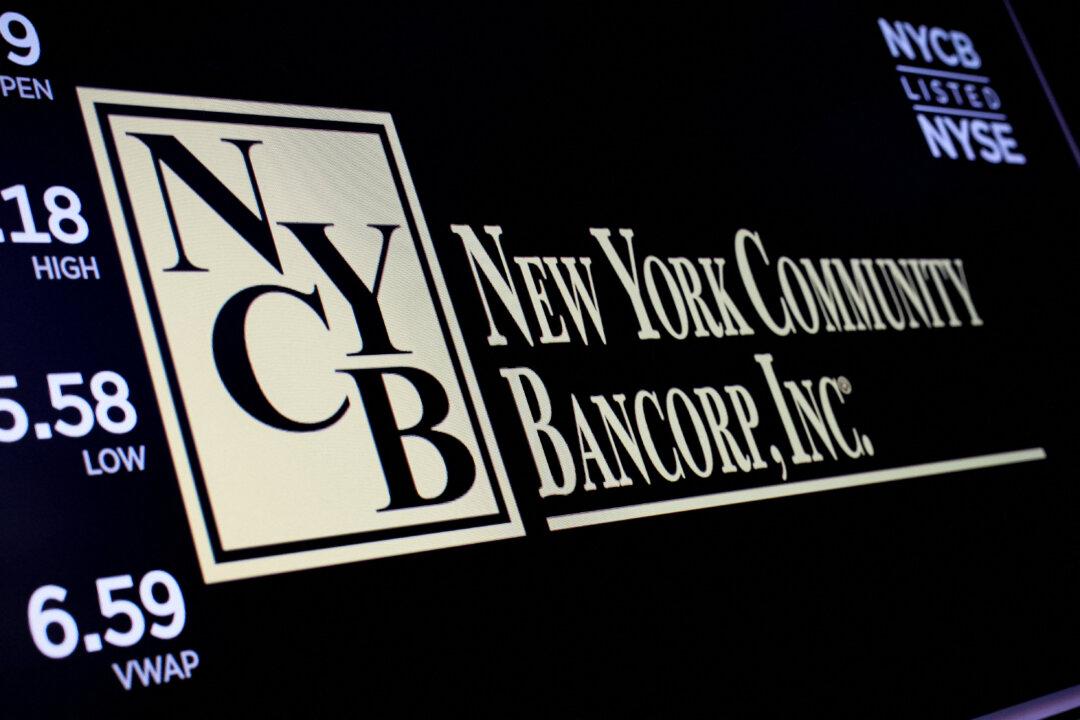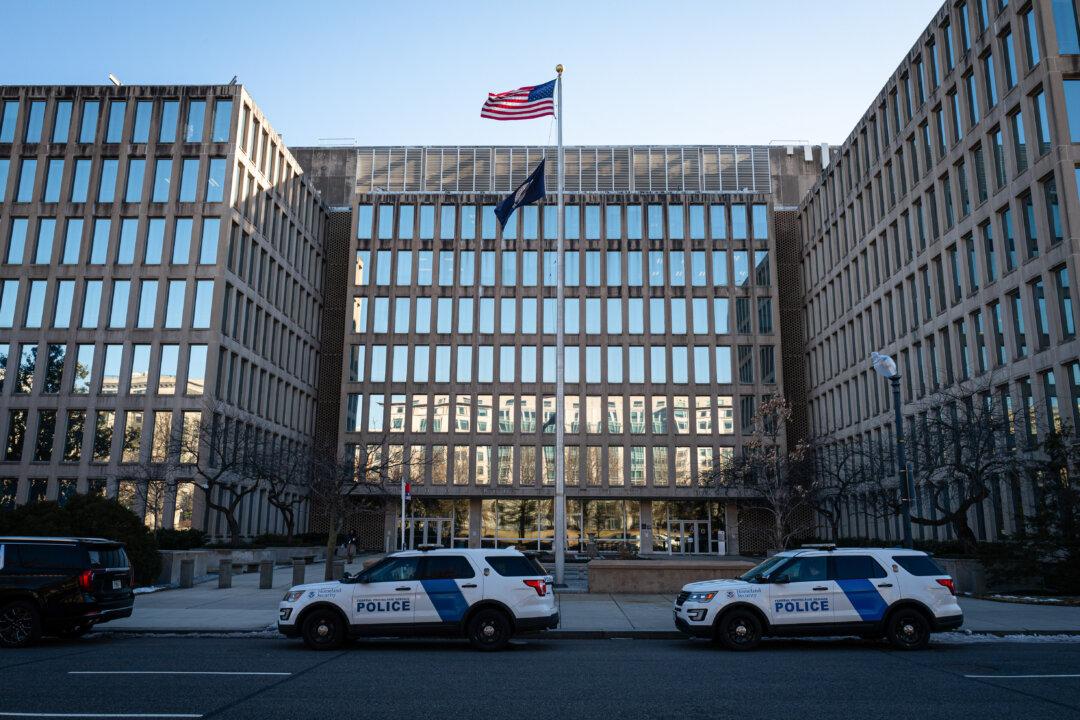The New York Community Bancorp (NYCB) reported a large loss and lower dividend on Wednesday, triggering a decline in the company’s stock and shares of other regional banks.
NYCB reported a $260 million net loss for the fourth quarter (Q4) of 2023, down from a $164 million net income for the same period last year. The bank declared a lower dividend of $0.05 per common share, down from $0.17 in Q4 of 2022. The combination of a quarterly loss and low dividend led the NYCB stock price to crash on Wednesday. The stock closed Tuesday at $10.37 per share. It ended Wednesday at $6.47, a decline of close to 38 percent. The stock hit its lowest level in 25 years during Wednesday’s trade.





